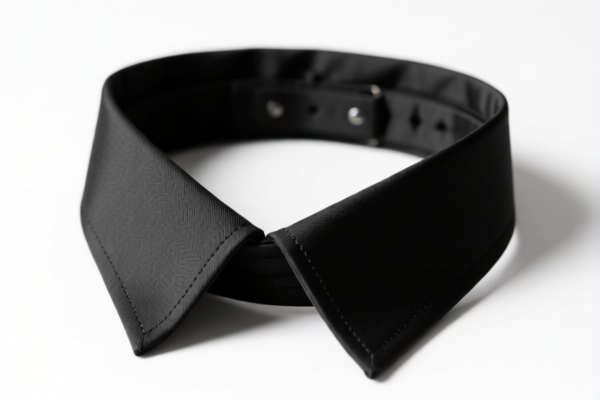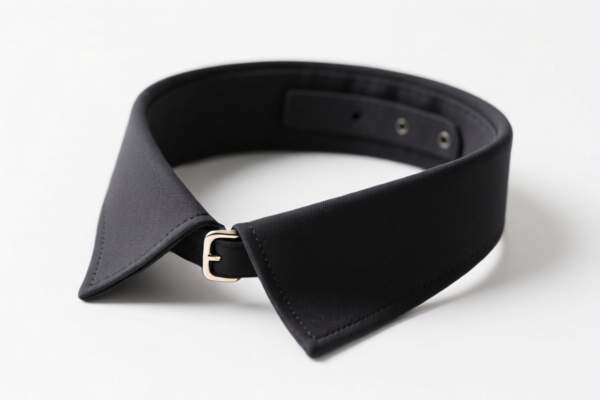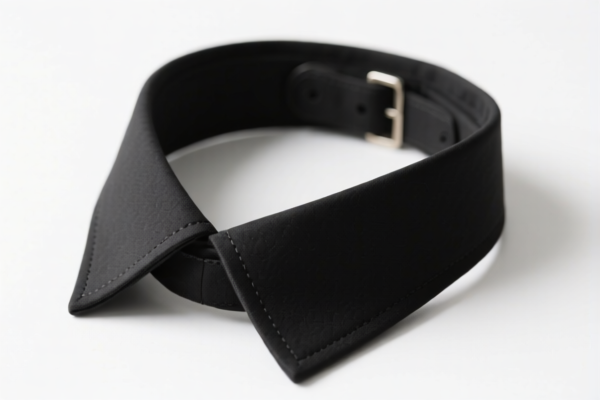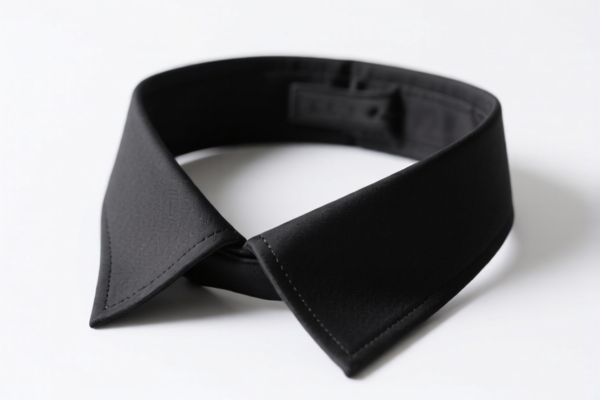| HS Code | Official Doc | Tariff Rate | Origin | Destination | Effective Date |
|---|---|---|---|---|---|
| 8543708500 | Doc | 55.0% | CN | US | 2025-05-12 |
| 8543906800 | Doc | 55.0% | CN | US | 2025-05-12 |
| 8513102000 | Doc | 42.5% | CN | US | 2025-05-12 |
| 8513904000 | Doc | 58.5% | CN | US | 2025-05-12 |
| 3307900000 | Doc | 60.4% | CN | US | 2025-05-12 |




Bark Collar
A bark collar is a training device used to discourage excessive barking in dogs. It is typically worn around a dog’s neck and delivers a stimulus – sound, vibration, spray, or static electricity – when the dog barks.
Materials
Bark collars are constructed from a variety of materials, including:
- Plastic: Commonly used for the collar casing due to its durability and affordability.
- Nylon/Polyester: Used for the strap, providing adjustability and comfort.
- Metal: Used for the contact points (for static electricity models) and sometimes for the buckle and adjustment hardware.
- Electronics: Include a microphone to detect barking, a processor to trigger the stimulus, and a power source (battery or rechargeable unit).
- Spray Canister (for citronella models): Contains citronella oil or other scent-based deterrents.
Purpose
The primary purpose of a bark collar is to reduce unwanted barking. This can be beneficial in several scenarios:
- Nuisance Barking: Addressing barking that disturbs neighbors.
- Anxiety-Related Barking: Helping to manage barking triggered by separation anxiety or other stressors (though these collars are not a substitute for behavioral training).
- Territorial/Protective Barking: Reducing barking at passersby or perceived threats.
- Compulsive Barking: Addressing repetitive, uncontrollable barking.
Function
Bark collars function by detecting the sound of a dog’s bark. A built-in microphone picks up the sound, and an internal processor triggers a pre-programmed stimulus. The type of stimulus varies depending on the collar type:
- Static Electricity Collars: Deliver a mild electrical shock. These collars often have adjustable intensity levels.
- Vibration Collars: Emit a buzzing sensation.
- Sound Collars: Emit an ultrasonic sound or a pre-recorded command.
- Citronella Spray Collars: Release a burst of citronella spray towards the dog’s nose.
- Automatic Collars: Automatically increase the stimulus level if barking continues.
- Remote Training Collars: Allow the owner to manually activate a stimulus (static, vibration, or sound) remotely.
Usage Scenarios
- Home Environment: Reducing barking indoors.
- Outdoor Environment: Managing barking in the yard or during walks.
- Multi-Dog Households: Identifying and addressing barking from a specific dog.
- Training Aid: Used in conjunction with other training methods to reinforce quiet behavior.
Common Types
- Static Shock Collars: The most controversial type, requiring careful adjustment and responsible use.
- Citronella Collars: Considered more humane by some, as they use a scent deterrent.
- Vibration Collars: A gentler option, suitable for dogs sensitive to shock or sound.
- Ultrasonic Collars: Emit a high-frequency sound that is unpleasant to dogs but generally inaudible to humans.
- Remote Training Collars: Offer greater control and allow for correction of other unwanted behaviors.
- Rechargeable Collars: Convenient and cost-effective, eliminating the need for battery replacements.
- Smart Collars: Feature advanced settings, activity tracking, and smartphone connectivity.
Based on the provided information, classifying "bark collar" requires careful consideration of its function and components. Here's a breakdown of potentially relevant HS codes:
- 8543708500: This code covers “Electrical machines and apparatus, having individual functions, not specified or included elsewhere in this chapter; parts thereof: Other machines and apparatus: Other: For electrical nerve stimulation”. A bark collar utilizing electrical stimulation to modify behavior could fall under this classification. The total tax rate is 55.0%, comprised of a 0.0% base tariff, a 25.0% additional tariff, and a 30% additional tariff effective after April 2, 2025.
- 8543906800: This code covers “Electrical machines and apparatus, having individual functions, not specified or included elsewhere in this chapter; parts thereof: Parts: Other: Printed circuit assemblies: Other”. If the bark collar is imported as a component (e.g., a printed circuit board), this code may be applicable. The total tax rate is 55.0%, comprised of a 0.0% base tariff, a 25.0% additional tariff, and a 30% additional tariff effective after April 2, 2025.
According to the provided reference material, the HS code options related to 'bark collar' are limited, with only the following 2 found.
It is important to note that the final classification will depend on the specific design and function of the bark collar. If the collar incorporates features beyond simple electrical stimulation (e.g., sound or vibration), other HS codes may be considered.
Customer Reviews
No reviews yet.